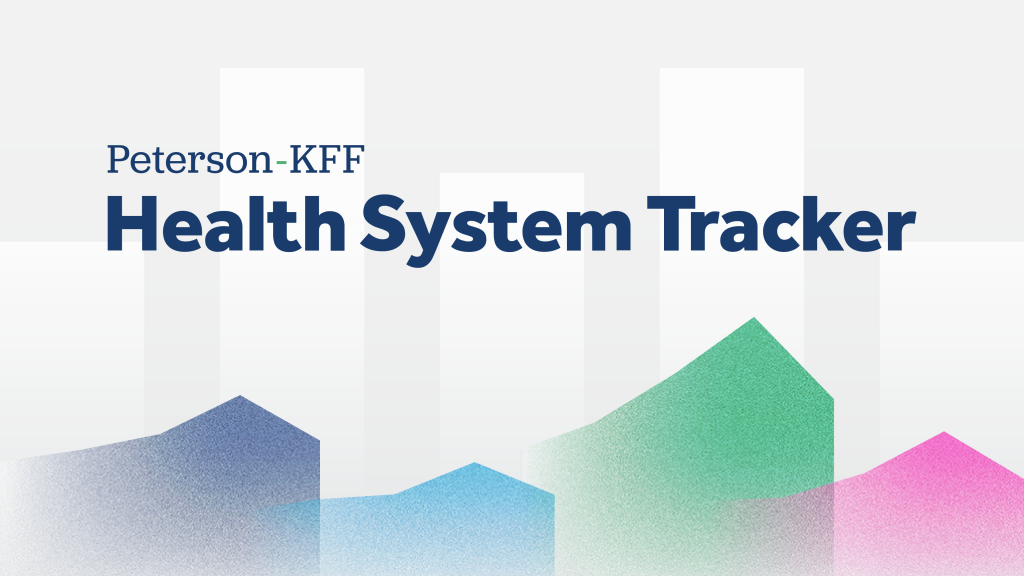Most Nonprofit Hospitals and Health Systems Had “Strong” Days of Cash on Hand in 2022, Though About One-in-10 Were “Vulnerable”
Most nonprofit hospitals and hospital systems had enough cash on hand in 2022 to cover operating expenses for an extended period of time, though about one-in-10 had relatively low levels to cover their expenses, which potentially could leave them vulnerable in a financial crisis, a new KFF analysis finds.
